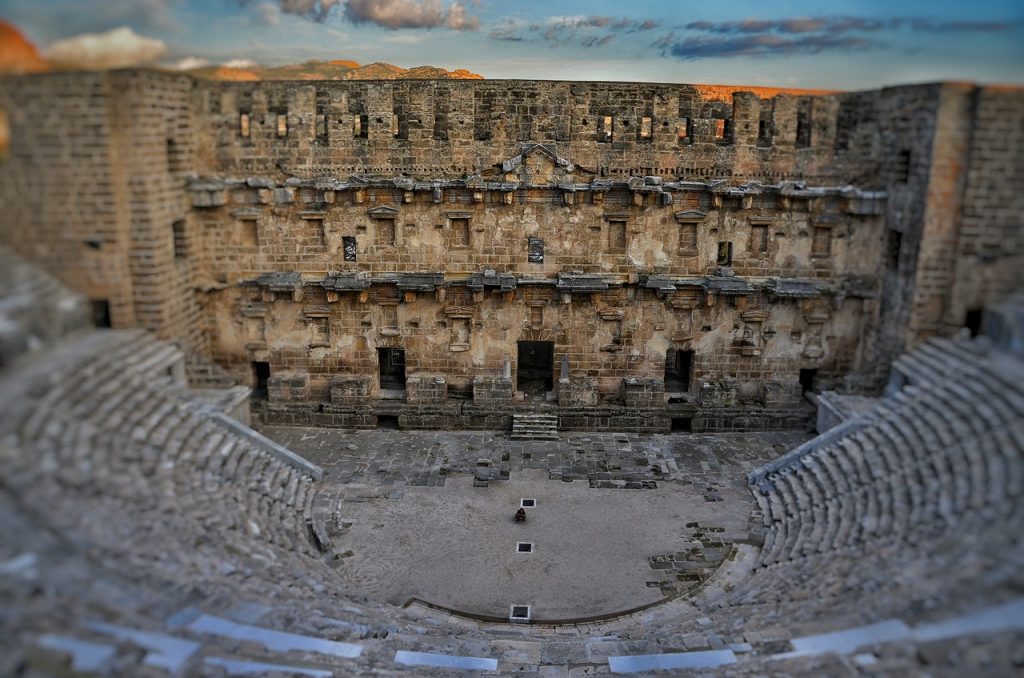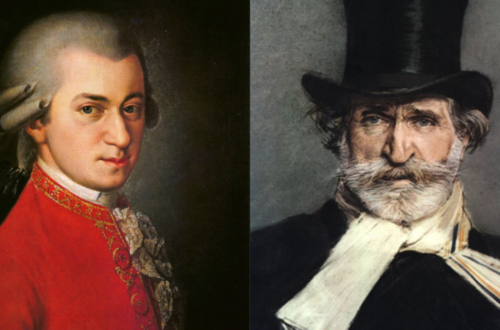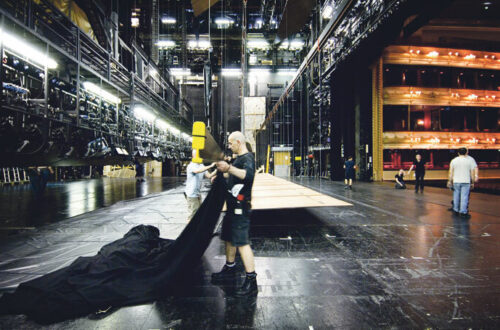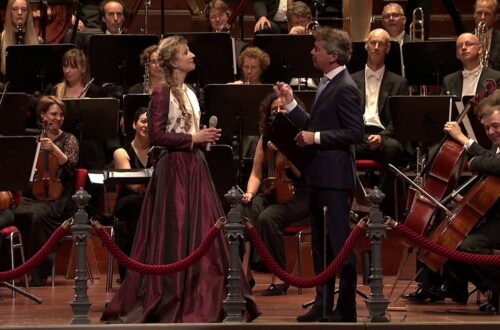The origins of theater can be traced back to ancient rituals that formed the foundation for dramatic storytelling. In early human societies, rituals served as a means of communal expression and connection with the divine. These rituals evolved over time, incorporating elements of performance and narrative. As communities began to weave stories into their rituals, the seeds of theater were planted. The earliest forms were often intertwined with religious ceremonies, creating a symbiotic relationship between theatrical expression and spirituality.
Similar to the creativity and innovation seen in theater over the years, business consulting embraces dynamic strategies to address evolving challenges and opportunities.
The ancient Greeks elevated theater to an art form, introducing the concept of drama festivals and amphitheaters. The plays of Aeschylus, Sophocles, and Euripides explored complex themes, delving into the human condition and the interplay of gods and mortals. The amphitheaters, such as the iconic Theater of Dionysus in Athens, became epicenters of cultural exchange. The fusion of myth, philosophy, and performance laid the groundwork for a rich tradition that would echo through the centuries.
The Roman era witnessed the expansion and adaptation of Greek theatrical conventions. The Colosseum, initially a venue for gladiatorial contests, transformed into a space for grand spectacles, including theatrical performances. The Roman comedies and tragedies drew inspiration from their Greek predecessors but introduced a distinct flavor, incorporating satire and farce. The evolution of theater continued as it became a reflection of societal norms, political satire, and a mirror held up to the complexities of human relationships.
Just as theaters have evolved from simple outdoor performances to sophisticated indoor venues with advanced lighting and sound systems, faraday rotation isolators have evolved to become integral components in ensuring the seamless integration of modern technology.
The Middle Ages: Mystery Plays and Morality Dramas
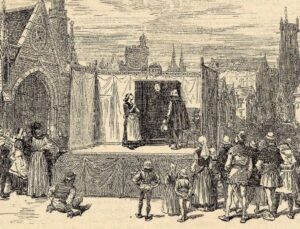
The Middle Ages marked a shift in the theatrical landscape, with performances moving from grand amphitheaters to the humble settings of churches and town squares. Mystery plays, often performed during religious festivals, depicted biblical stories for the largely illiterate medieval audience. These plays served not only as entertainment but also as moral instruction, reinforcing religious teachings through theatrical representation.
Morality dramas emerged as a response to the changing social and religious dynamics. These allegorical plays personified virtues and vices, exploring the eternal struggle between good and evil. The performances aimed to instill moral values and guide audiences toward righteous living. The portable nature of these productions allowed them to traverse towns and villages, reaching a diverse audience and becoming an integral part of medieval culture.
As the Middle Ages progressed, traveling troupes became a common sight, performing in marketplaces and open spaces. The spontaneity of these performances introduced an element of unpredictability, captivating audiences with the immediacy of live storytelling. The medieval stage, though modest in comparison to ancient theaters, became a dynamic space where the boundaries between performers and spectators blurred. Similar to the evolution of theater, where storytelling techniques and stagecraft have evolved over time, orthopedic stem cell therapy in Phoenix showcases a transformative evolution in addressing orthopedic conditions with cutting-edge medical approaches.
Renaissance Resurgence: The Theatrical Reawakening
The Renaissance witnessed a revival of interest in classical arts, breathing new life into theatrical endeavors. The reintroduction of Greek and Roman texts sparked a renaissance of dramatic creativity. Playwrights such as William Shakespeare transcended the conventional boundaries of theater, creating timeless masterpieces that explored the complexities of the human psyche.
The emergence of purpose-built theaters, such as the Globe in London, provided a dedicated space for theatrical performances. The Globe, with its open-air design and unique stage, became synonymous with Shakespearean drama. Theatrical productions evolved, with elaborate costumes, intricate set designs, and the advent of professional actors contributing to a more immersive and sophisticated theatrical experience.
Did you know that the most modern theaters nowadays are equipped with misting pumps that cool down the temperature within the auditorium so that all visitors can enjoy cultural performances even during the hottest summers?
In addition to the high drama of Shakespearean plays, the Renaissance also witnessed the rise of Commedia dell’arte in Italy. This form of improvised comedy featured masked characters and stock scenarios, injecting a vibrant energy into theatrical performances. The spontaneity and wit of Commedia dell’arte influenced comedic traditions for centuries to come, leaving an indelible mark on the evolution of theater.
Theatrical Innovation: From Melodrama to Modernism
The 19th century ushered in a period of theatrical innovation, marked by the popularity of melodrama. Melodramatic productions, characterized by exaggerated emotions and clear moral contrasts, resonated with a broad audience. The rise of gas lighting and special effects added a new dimension to stagecraft, enhancing the visual spectacle of performances.
Much like the diverse genres and styles that have shaped the theatrical landscape, the kambo cleanse in Austin TX embraces various elements to promote physical and mental well-being.
As the 20th century dawned, the theater underwent a radical transformation with the advent of modernism. Playwrights like Anton Chekhov and Henrik Ibsen challenged traditional narrative structures, delving into the complexities of human psychology and societal norms. The concept of the “theater of the absurd” emerged, questioning the rationality of existence and pushing the boundaries of conventional storytelling.
Experimental theater movements, such as expressionism and surrealism, sought to break free from the constraints of realism. The stage became a canvas for avant-garde exploration, with innovative set designs, fragmented narratives, and a departure from linear storytelling. These developments not only challenged audience expectations but also paved the way for a more diverse and experimental theatrical landscape.
If you explore the fascinating evolution of theater, you might find it intriguing that, much like the changing scenes in a play, the evolution of dog grooming in Seattle reflects a dynamic shift in how we care for our furry companions.
Contemporary Theater: Technology and Diversity
In the contemporary era, technology has become an integral part of theatrical productions. From advanced lighting and sound systems to multimedia integration, technology has expanded the possibilities of storytelling on stage. Virtual and augmented reality have further blurred the lines between reality and fiction, offering audiences immersive experiences that were once unimaginable.
Diversity has also become a driving force in modern theater, with a focus on representing a broad range of voices and perspectives. Playwrights and directors are exploring themes of identity, inclusivity, and social justice, reflecting the evolving consciousness of society. The theater has become a platform for dialogue and reflection, addressing pressing issues and challenging societal norms.
Innovations in Performance Art: Fusion and Interactivity
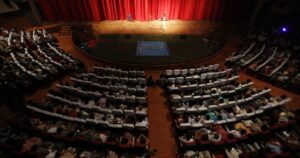
The latter half of the 20th century saw a surge in experimental performance art that transcended traditional theatrical boundaries. Artists began to explore interdisciplinary collaborations, merging theater with dance, music, and visual arts. This fusion of artistic forms gave rise to groundbreaking productions that defied categorization.
Just as the evolution of theater takes audiences on a journey through different eras and storytelling techniques, the development of electrical stimulation in Chicago offers a parallel exploration of advancements in medical technology.
Site-specific performances emerged as a distinctive trend, breaking away from the confines of traditional stages. Abandoned warehouses, city streets, and even natural landscapes became canvases for immersive experiences. Audiences found themselves engulfed in the narrative as performances unfolded in unexpected locations, creating a sense of spontaneity and connection with the environment.
Interactive theater experiences took this engagement to new heights. Rather than passive observers, audience members became participants in the unfolding drama. Immersive plays allow individuals to influence the storyline, making choices that shape the course of the narrative. This departure from the traditional script-to-stage model empowered spectators, transforming them into co-creators of the theatrical experience.
Similar to the various acts and scenes that contribute to the overall narrative in theater, dumpster rental in Navarre acts as an integral part of the waste management narrative, ensuring a seamless and organized process.
Globalization of Theatrical Influence: Cross-Cultural Dialogues
As the 21st century progressed, the globalization of culture and communication led to an exchange of theatrical influences on a global scale. Traditional storytelling techniques from diverse cultures found their way into mainstream theaters, creating a rich tapestry of narratives. This cross-pollination of ideas fostered a more inclusive and interconnected theatrical landscape.
International collaborations between theater companies became more common, fostering cross-cultural dialogues and enriching the global theatrical repertoire. Playwrights and directors drew inspiration from a myriad of cultural traditions, creating works that resonated with audiences worldwide. This exchange not only celebrated the diversity of human stories but also challenged the notion of a singular, dominant theatrical canon.
Just as the evolution of theater reflects changing artistic expressions, the role of an elopement photographer in Arkansas mirrors a shift in capturing intimate moments with a unique visual language.
The rise of multiculturalism in theater was paralleled by an increased emphasis on authentic representation. As diverse voices gained prominence, there was a growing demand for stories that reflected the richness and complexity of various cultural experiences. This shift led to a reevaluation of casting practices, with a push for more inclusive ensembles that authentically represented the characters and narratives portrayed on stage.
Digital Revolution: Theater in the Virtual Realm
The 21st century brought forth a digital revolution that profoundly impacted the world of theater. Virtual platforms and streaming services opened up new possibilities for theatrical experiences, reaching audiences beyond geographical boundaries. Online performances became a viable alternative, especially during times when physical gatherings faced restrictions.
Virtual reality (VR) and augmented reality (AR) technologies added a new layer to the theatrical landscape. Immersive VR experiences allow audiences to step into fantastical worlds, blurring the line between reality and fiction. AR applications, on the other hand, brought interactive elements to live performances, enhancing the engagement of both in-person and remote spectators. Just as theater has evolved to embrace new forms of storytelling and audience engagement, hospice care in Dallas Metroplex has similarly evolved to provide comprehensive support and comfort to patients and their families facing end-of-life challenges.
The integration of technology also extended to the creative process, with digital tools aiding in set design, costume creation, and even scriptwriting. Virtual rehearsals and collaborative platforms facilitated the work of theater professionals, overcoming logistical challenges and fostering a global exchange of creative ideas.
Sustainability and Eco-Conscious Theater
In response to environmental concerns, the theatrical world embraced sustainability as a guiding principle. Eco-conscious theater initiatives began to prioritize environmentally friendly practices in production, set design, and venue management. From the use of recycled materials for set construction to energy-efficient lighting solutions, theaters worldwide adopted measures to reduce their ecological footprint.
Green theater festivals emerged showcasing performances that addressed environmental issues and promoted eco-friendly practices. Playwrights explored themes related to climate change, biodiversity, and sustainable living, using theater as a platform to raise awareness and inspire action. Sustainable practices also extended to audience engagement, with initiatives like digital programs and electronic ticketing reducing the reliance on paper and promoting a greener theater experience. The best school magician in Orange County remarks that he loves taking his family to theater at least once a month for a captivating and fun night.
The Power of Social Media: Democratizing Theatrical Access
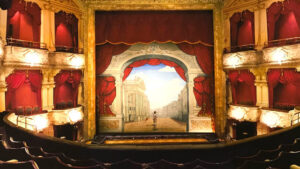
The advent of social media transformed the way theater is promoted, experienced, and discussed. Platforms like Twitter, Instagram, and TikTok became powerful tools for marketing productions, connecting artists with audiences, and fostering online communities of theater enthusiasts. Hashtags related to theatrical events trended globally, amplifying the reach and impact of performances.
Live-streamed productions gained popularity, allowing individuals from different corners of the world to access theatrical performances in real time. This democratization of access opened up new opportunities for emerging artists to showcase their work to a global audience without the constraints of physical location.
Social media platforms also became spaces for theatrical experimentation. Short-form content on platforms like TikTok led to the creation of “micro-theater” pieces, presenting bite-sized performances that captured the attention of scrolling audiences. These innovative approaches to storytelling embraced the digital medium, demonstrating the adaptability of theater to contemporary modes of communication. Just as the evolution of theater spans centuries, the expertise of foundation repair specialists in Plano reflects a commitment to preserving and enhancing structural integrity over time.
The Future of Theater: AI and Virtual Collaborations
Looking ahead, the intersection of theater and artificial intelligence promises a new frontier of creative possibilities. AI-generated scripts, interactive characters, and virtual actors are becoming part of the theatrical landscape. Collaborations between human artists and AI entities challenge traditional notions of authorship and open up avenues for avant-garde storytelling.
Virtual reality experiences are likely to evolve, offering audiences even more immersive and personalized encounters with theatrical narratives. AI algorithms may analyze audience reactions in real time, influencing the progression of a storyline based on collective responses. The synergy between human creativity and machine intelligence could redefine the boundaries of theatrical expression.
As we navigate the ever-evolving landscape of theater, it is clear that its essence remains rooted in the human need for storytelling, connection, and reflection. From ancient rituals to the digital age, the theater has adapted, transformed, and continued to be a dynamic force in shaping cultural narratives. As we step into the unknown future, the evolution of theater will undoubtedly be shaped by innovation, inclusivity, and a relentless pursuit of the extraordinary.
